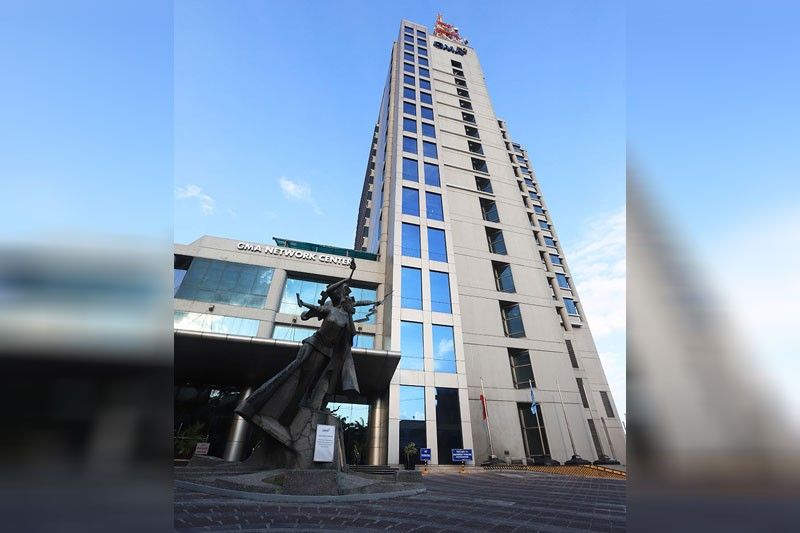GMA to boost digital channels as TV ads fall

MANILA, Philippines — Broadcast giant GMA Network Inc. plans to boost its digital channels and international distribution to weather the declining advertising revenue on free TV as higher inflation continue to hurt its clients.
GMA Network will look to expand its advertising business on digital and international platforms to cover for the revenue decline of its flagship Channel 7.
GMA Network chairman and CEO Felipe Gozon said advertisers are cutting their placements on free TV as inflation is hurting the demand for fast-moving consumer goods.
The company plans to increase the income share of its digital channels, especially as viewers are beginning to flock to online. In particular, the firm brought in a pricing innovation called Incremental Digital Reach (IDR) to monetize content aired on the web.
“We introduced a pricing innovation this year called IDR, which provides incremental audiences to advertisers within the digital space. This means we are able to monetize our content on air and online,” Gozon said in GMA Network’s annual stockholders’meeting.
“We see this uptick also in Facebook, Instagram, TikTok and our own portals as more and more Gen Zs consume GMA on these platforms,” he added.
Also, GMA Network wants to pursue fresh partnerships with streaming sites to broaden its reach, as some of the network’s shows are topping the charts in Netflix and Viu.
GMA Network aims to capitalize on existing deals with production giants like ABS-CBN Corp., Regal Entertainment Inc. and Viva Films to share the cost in making content.
Gozon said GMA Network has to find ways to raise revenue and reduce expenses given the rising cost of producing shows. For instance, the network spent roughly P500 million for the live action remake of popular Japanese anime series Voltes V.
In spite of the cost, GMA Network is studying the option of remaking another Japanese anime in response to the strong reception of viewers to Voltes V. The firm is also evaluating the option of co-producing shows, optimistic that the one signed with ABS-CBN will top ratings.
GMA Network suffered a 72 percent drop in profit to P603.57 million in the first quarter from P2.12 billion a year ago.
The network attributed the lower income to the 31 percent reduction in revenue to P4.02 billion due to the slowdown in advertising placements, as well as the absence of political ads.
Meanwhile, GMA Network lost its bid to nullify the blocktime agreement between rival TV5 and Malaysian firms Primedia and Media Prima Bhd. after the Supreme Court (SC) ruled in favor of the latter, saying the National Telecommunications Commission (NTC) has primary jurisdiction on the matter.
In a 30-page decision, the SC affirmed the decisions of the Quezon City Regional Trial Court and the Court of Appeals to dismiss GMA’s suit as it failed to seek initial recourse with the NTC.
GMA asked the courts to nullify the agreement for violating the constitutional limitations on foreign ownership of mass media, as well as for violating the Anti-Dummy Law for “undermin[ing] the nationalized broadcast media, (resulting) in unfair competition” among local broadcasting networks.
In December 2008, GMA, Citynet and Zoe Broadcasting Co. filed the complaint before the Quezon City RTC, accusing TV5 – then still ABC-5 – of being foreign-owned beyond legal and constitutional limitations as “even if Primedia’s Articles of Incorporation stated that it was Filipino-owned, it was nonetheless Media Prima Berhad’s subsidiary, purposely established to purchase and manage a chunk of ABC-5’s airtime content and sales.”
At the time of their filing, GMA alleged that TV5’s program grid was 93.75 percent controlled by Primedia.
“Surveys also revealed that its television ratings immediately soared, ascending to the third spot from May to October 2008, displacing Studio 23… Resultantly, respondent ABC-S’s TV-5 swiftly climbed to the top in terms of television ratings,” the SC decision read.
The complaint was dismissed by the RTC in 2009. A petition for certiorari assailing the RTC’s decision was subsequently filed before the CA but was dismissed in 2012.
Article XVI Section 11 of the Constitution states: “The ownership and management of mass media shall be limited to citizens of the Philippines, or to corporations, cooperatives or associations, wholly owned and managed by such citizens.”
Currently, members of the House of Representatives want to amend the 1987 Constitution, including foreign investments in mass media for as long as the management is left exclusively to Filipinos.
While the case could have been a definitive jurisprudence on Philippine mass media ownership, the SC said GMA should have sought recourse with the NTC – which, apart from its administrative duties, also has quasi-judicial powers to interpret media ownership laws and provisions within the Constitution.
“Nonetheless, for the complete resolution of this case, this court finds the filing of the action before the trial court premature due to the existence of predicate factual issues demanding the National Telecommunications Commission’s competence, owing to the doctrine of primary jurisdiction,” the SC said.
GMA and the other plaintiffs may restart their bid by filing the complaint before the NTC for adjudication. – Neil Jayson Servallos
- Latest
- Trending




























